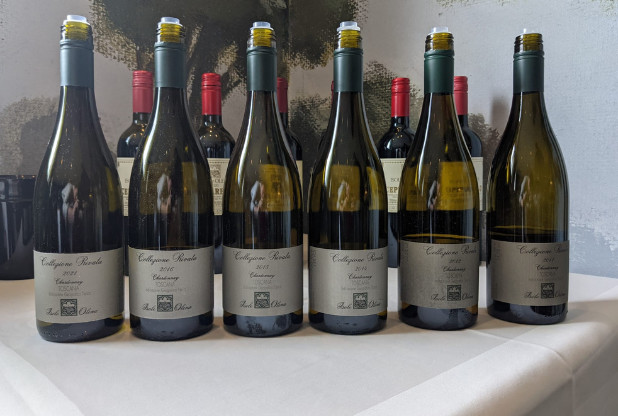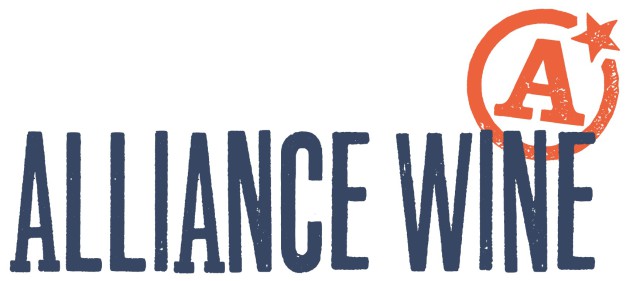
Isole e Olena showcases new Chardonnay as Italian whites come to the fore
Yesterday (27 April), Paolo De Marchi of the Isole e Olena estate in Tuscany was in London to present a vertical tasting, albeit with a slightly unfamiliar lineup.
Iconic wines of the estate such as the Cepparello, the Chianti Classico and the Vin Santo were nowhere to be seen. Instead, the winery chose to present its Chardonnay from the Collezione de Marchi label.
“These wines are perhaps not what I would choose first to showcase the estate but there is demand in the market for Chardonnay and the new owners are aware of this,” said Paolo De Marchi.
Last year De Marchi handed over the reins of the estate first established by his father in 1956 to French investment group EPI, the owners of Biondi Santi and others, and the 2022 vintage was the last with him at the helm.
However, De Marchi is clearly very proud of his Chardonnay, which, after all, bears his name on the bottle.
“The reason I first planted Chardonnay wasn’t because of the market, it was because I needed solutions in the 80s because the appellation rules meant you had to plant a certain number of white grapes.
“With age, I love red wine but I find myself drinking more white wine, so it’s good to have some bottles [of Chardonnay] to myself,” he added.
A wine that came about somewhat by accident, the first vintage of the ‘Collezione De Marchi Chardonnay’ was in 1987. Two years later a new vineyard was planted with five different clones from Burgundy (planted at a density of 5,000 vines per ha) which came into full production with the 1994 harvest.
Chardonnay plantings account for “a little less than 10%” of the estate, according to De Marchi, but more plantings are on the horizon this Spring. It is the wine, De Marchi confesses, that requires the most “winemaking”.
In terms of vinification, the 2021 Chardonnay was moved into 228-litre barrels of French oak (one third new) for 10-12 months and the lees were stirred weekly before partial malolactic fermentation occurred. The resultant wine remained in bottle for a minimum of six months before release.
From a UK market point of view, still Italian whites are in demand. According to wine market research agency Nomisma Wine Monitor, only three Italian PDO categories were in growth in terms of both value and volume for UK exports – still whites from Tuscany, still whites from Trentino Alto Adige and Friuli Venezia Giulia, and still whites from Sicily.
The emergence of three still white wine categories as UK import frontrunners in terms of value and volume might further indicate why estates such as Isole e Olena are so keen to showcase their white wines, as opposed to their more famous red counterparts.
However, the wine itself still needs to stand up to be counted, and the Isole e Olena Chardonnay has more than earned its right to headline tastings for this storied Tuscan estate.
A more in-depth look into the Italian wine UK export market will be available as part of next month's Harpers Italy Report, in the May edition of the magazine.








